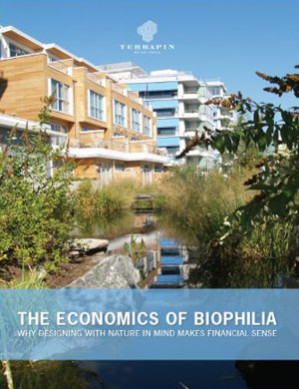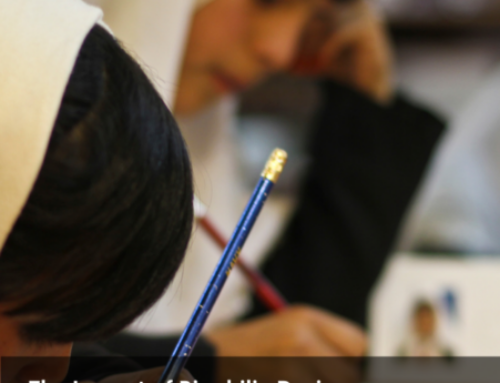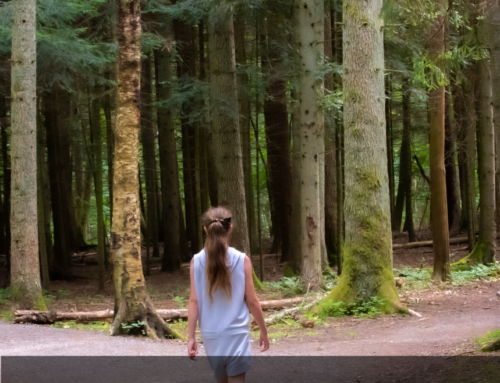The Economics of Biophilia

Biophilia, the innate human attraction to nature, is a concept that has been recognized for several decades by the scientific and design communities, and intuitively for hundreds of years by the population at large. Biophilic design has often been regarded as a luxury for property owners who want the best possible workplace for their employees, or who want to showcase their efforts to be more environmentally responsible. In reality, improving community well-being through biophilia can impact productivity costs and the bottom line. Today productivity costs are 112 times greater than energy costs in the workplace. We believe that incorporating nature into the built environment is not just a luxury, but a sound economic investment in health and productivity, based on well- researched neurological and physiological evidence. In this paper, we will share several examples of small investments involving very low or no up-front cost, such as providing employees access to plants, natural views, daylight, and other biophilic design elements. These measures provide very healthy returns. Integrating quality daylighting schemes into an office space can save over $2,000 per employee per year in office costs, whereas over $93 million could be saved annually in healthcare costs as a result of providing patients with views to nature. These examples, based on scientific research, will serve to demonstrate the financial potential for a large-scale deployment of biophilic design. Whether it is hospitals that allow patients to heal more quickly, offices that boost productivity, schools that improve test scores, or retail outlets with higher sales, this paper makes the business case for incorporating biophilia into the places where we live and work.





